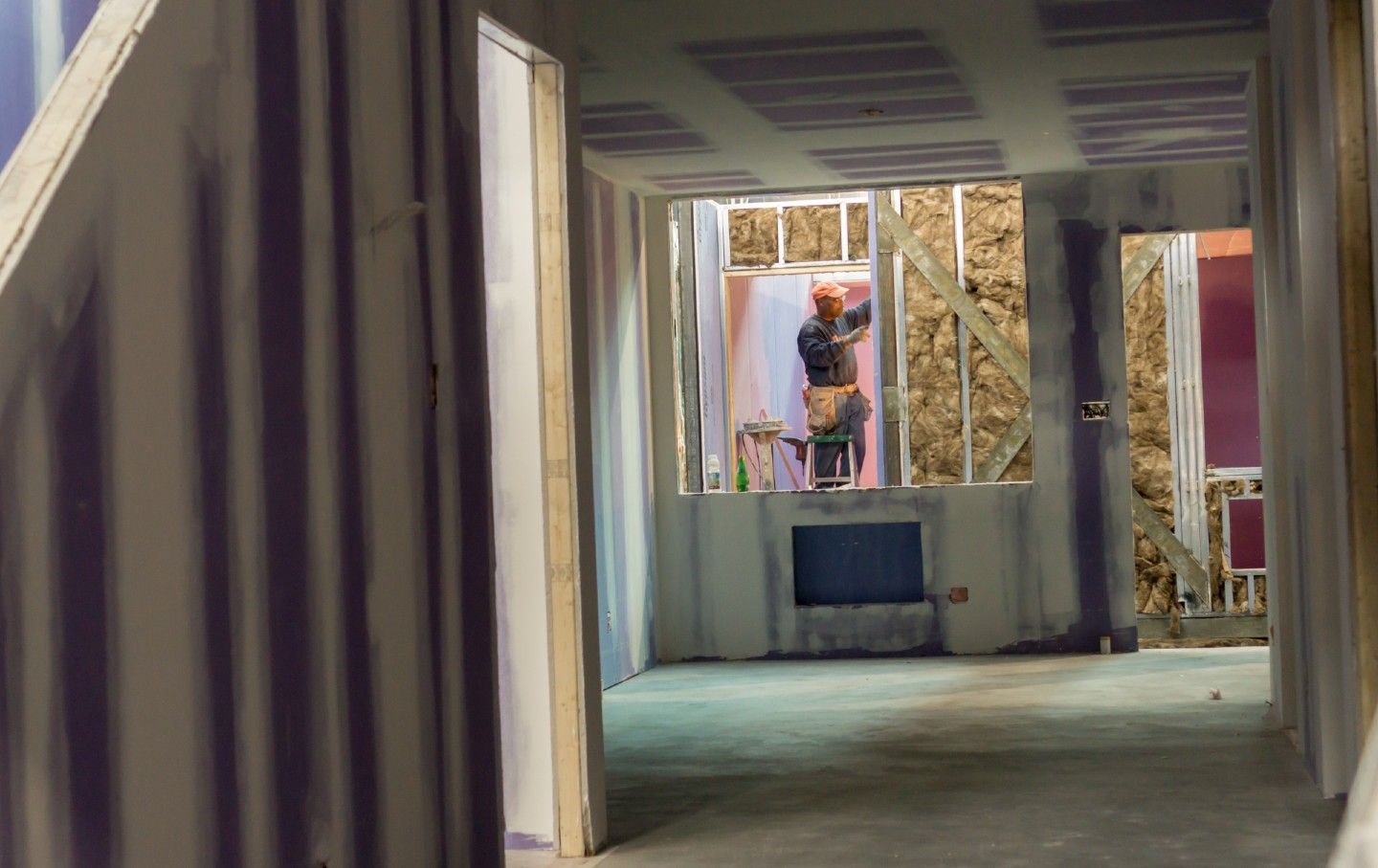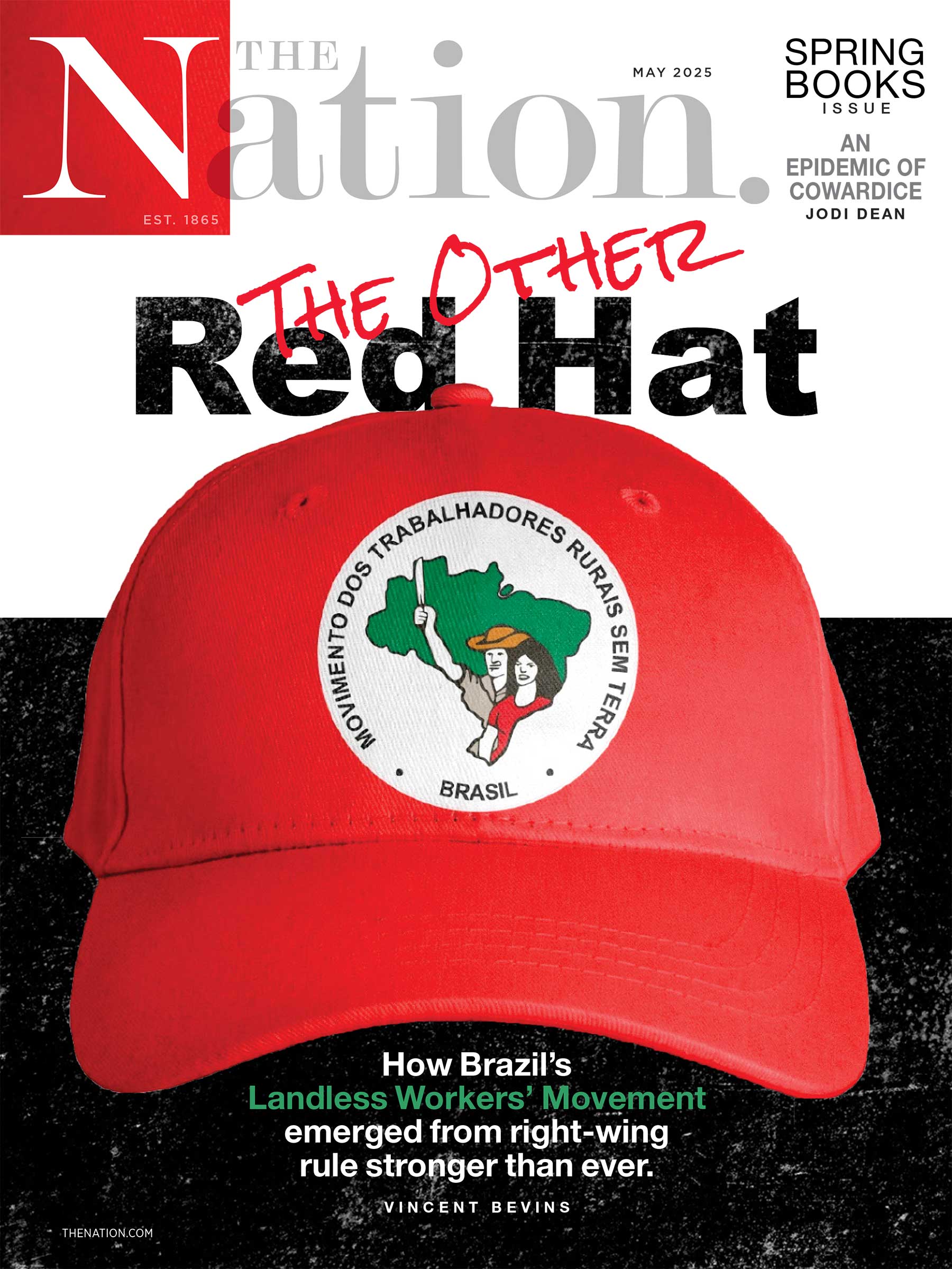Police brutality and corruption are painful realities. So are officers who die honorably performing their duty. But the memorial in Washington fails to distinguish between them.

In the wake of President Trump’s April 29 Executive Order bearing the ominous title, “Strengthening and Unleashing America’s Law Enforcement to Pursue Criminals and Protect Innocent Citizens,” tens of thousands of police officers will descend on Washington next week for the 62nd annual commemoration of National Police Week running May 11–17.
Underwritten by the National Law Enforcement Memorial Fund (NLEOMF), the week’s capstone event is scheduled for Tuesday evening, May 13, when a swelling crowd will overflow the east end of the National Mall to hear the roll call of on-duty officers who died last year. Their names will be added to the 24,067 already chiseled into the marble walls of the National Law Enforcement Officers Memorial in Judiciary Square, a short walk from the US Capitol. Homeland Security Secretary Kristi Noem will be the keynote speaker.
Despite the potent propaganda function of National Police Week and the NLEOMF, journalists, historians, and activists have failed to scrutinize the origins and significance of either. Having built the Judiciary Square memorial and its adjacent National Law Enforcement Museum, the NLEOMF is a powerful public relations machine that bolsters police solidarity through a steady drumbeat of messaging that theirs is an unfairly maligned and martyred profession. Both the museum and the group’s online stores sell all manner of merchandise stamped with the “Thin Blue Line” American flag—a controversial emblem decried by many as a white supremacist symbol.
National Police Week emerged from Jim Crow South Carolina as the handiwork of Olin Dewitt Johnston, a three-term governor elevated to the US Senate in 1944 months after the US Supreme Court struck down the white primary in Smith v. Allwright. As a defiant son of the Palmetto State, Johnston called the state legislature into extraordinary session and, in a torrent of hellfire, conjured the looming specter of a second Reconstruction: “Where you now sit,” he warned, “there [once] sat a majority of negroes. They left a stench in the nostrils of the people of South Carolina that will exist for generations to come.”
With breakneck speed, the legislature scrubbed all mention of the franchise and elections from state statutes before reorganizing the South Carolina Democratic Party as a private segregated club to run the state’s election machinery. Like his antebellum predecessors, Johnston excised black Carolinians from the polity by declaring, “We South Carolinians will use the necessary methods to retain white supremacy and to safeguard the houses and happiness of our people. Let the chips falls where they may!”
As the state’s senior US Senator, Johnston introduced Senate Joint Resolution 65 in 1961 to establish National Police Week, signaling his contempt for the sit-ins of Black youth then raging across South Carolina—and his sanction of police brutality to quell them. SJR 65 called on Americans to “observe with appropriate ceremonies” the “dedicated and selfless efforts” of the police who heroically safeguard the nation’s “internal freedom from fear of violence and civil disorders.” The resolution also decreed May 15 to be National Peace Officers Memorial Day to honor line-of-duty deaths. On October 1, 1962, President John F. Kennedy signed Johnston’s resolution into law; 30 years later, the burgeoning police lobby secured President Bill Clinton’s imprimatur ordering that government buildings fly the flag at half-mast that day.
Johnston’s legacy is truly rancid. Though loyal to the New Deal, he staunchly believed its benefits should be reserved for whites only. As governor, his authoritarian conception of law enforcement is illustrated by his 1935 deployment of the National Guard’s machine gun company to seal off and physically remove the state’s popular highway commissioner from his office in downtown Columbia. (Johnston deemed him “an insurrectionist.”) During the accelerating federal assault on segregation during the 1950s and 1960s, Johnston used his position on the Senate Judiciary Committee to delegitimize and obstruct President Kennedy’s nomination of Thurgood Marshall to the US Court of Appeals for the Second Circuit, ushering in the acrimonious practice of politicizing federal judicial appointments—a mantle he passed to his junior colleague Strom Thurmond, who in turn bequeathed it to his successor, Lindsey Graham.
But the true measure of Johnston’s despicableness is enshrined in his refusal as governor to exercise clemency for underage and mentally incompetent Black youth, including Robert Ashley, 17, Frank Dash Jr., 16, and Jesse Jones, 19, who all went to the electric chair despite the state psychiatrist’s determination that each possessed the respective mental capacities of children, ages 10 (Ashley) and 6 (Dash and Jones).
In June 1944, while American GIs stormed the beaches of Normandy, Johnston crowned this abominable record by thumbing his nose at the national outcry over the scheduled electrocution of George Junius Stinney Jr., a frail 14-year-old Black youth and the youngest American victim of capital punishment. Convicted in less than 10 minutes by an all-white jury in a rural Clarendon County show trial, Stinney’s death sentence rested on circumstantial evidence and the blatant lies of law enforcement alleging that he raped two young white girls after bludgeoning them to death, despite there being no forensic evidence of sexual violation or any witness to the crime.
Johnston repeated those abhorrent lies to justify his denial of clemency. To a woman who pleaded that he spare the child’s life, Johnston wrote, “It may be interesting for you to know that Stinney killed the smaller girl to rape the larger one. Then he killed the larger girl and raped her dead body. Twenty minutes later he returned and attempted to rape her again, but her body was too cold.” In 2014, Circuit Judge Carmen T. Mullen vacated Stinney’s wrongful conviction after hearing the egregious facts of the case and horrifying testimony from his surviving family.
In the post–Vietnam War era, Johnston’s National Police Week germinated the seed for a national memorial around which law enforcement could recast its image as the benevolent guardians of order through highly publicized commemorations. Dedicated in 1991, the police memorial in Judiciary Square is law enforcement’s national shrine and focal point for National Police Week visitors. Regrettably, the memorial is not a careful curation of those who died honorably.
Of the 378 South Carolinians on the wall, well over a third died under the Redeemer and Jim Crow regimes; they include Klansmen, lynch leaders, chain gang guards, extortionists, and murderers. Perhaps a dozen died heroic deaths. A substantial number lost their lives through vehicular recklessness, while others were not on duty nor sworn officers. Archival excavation of these deaths has yielded a chilling chronicle of police terror as irrefutable proof that without its energetic violence, intimidation, and corruption, a century of crushing apartheid could not have been sustained.
Popular
“swipe left below to view more authors”Swipe →
Consider the contrasting cases of three martyred heroes from Jim Crow South Carolina.
In 1915, a mob led by local police gunned down Fairfield County sheriff Adam Hood and his deputy Raleigh Boulware on the courthouse steps as they escorted to trial a young Black defendant improbably accused of rape. (He, too, died in the ambush.) A jury of white men acquitted the killers as the chivalrous defenders of white womanhood. Several years later, Aiken County sheriff Henry H. Howard, a confirmed Klansman, died while running a bogus liquor raid as a Klan vendetta on the home of a prosperous Black farmer that also killed the family matriarch and an unborn child. Posthumously, the state Supreme Court declared the raid to have been an illegal use of force. Yet Howard continues to be hailed as a local hero, despite his bearing responsibility for five lynchings in two separate events—a double execution in 1921, and a triple in 1926. The victims, all Black, included two boys, ages 13 and 14, a woman, and two young adult males, killed by a cadre of Aiken’s Klan-controlled officer-vigilantes. The county coroner, another Klansman, cynically attributed the deaths to the ubiquitous “persons unknown.”
Police murder, violence, and corruption are painful and irrefutable realities, both historical and contemporary. So is the senseless and tragic loss of life among officers who die honorably in the performance of duty. Their sacrifices are cheapened by the memorial’s inclusion of men like Howard and dozens too numerous to elaborate on here. Until America’s law enforcement establishment conducts an honest reckoning with this dark history, its encomiums to police heroism will continue to alienate wide swaths of American society whose people can only dream of a police culture truly grounded in the now jaded motto, “Serve and Protect.”
More from The Nation

The new pope has taken a name that recalls Pope Leo XIII, who wrote the outline for modern Catholic social justice teaching.

This weekend, as community groups organize on behalf of mothers and caregivers, I am reminded of the strangers who showed up for me when I needed it the most.

Neither Klein and Thompson nor many of their critics on the left offer a robust strategy for actually building affordable homes. Here’s one that has been proven to work.

After mass layoffs and scholarship freezes, students and tribal leaders are suing the Trump administration for violating treaty obligations.

A conversation with the anonymous creator of the popular account about their new collection of poems.


